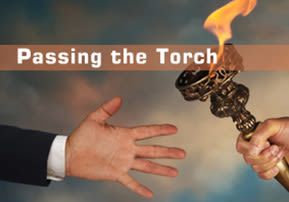
Passing the Torch
The unbroken chain of Torah is indestructible by virtue of those steadfast pupils who nullify themselves to become the receptacles of their master’s teachings.

Judaism doesn’t give out the title Kadosh – “holy man” – easily. You can count the great pious men who earned this lofty title for posterity on your fingers. Probably the most prominent Kadosh is Rabbi Judah the Prince (the elder), or Rebbe Yehuda Hanassi. The Talmud cites him affectionately as Rebbe, and many refer to him as Rabbenu HaKadosh, our holy Rabbi who codified the Mishna, which is the basis of the Oral Torah.
How did Rabbi Judah the Prince (who from here on, we’ll refer to as Rebbe) become such a monumental scholar and the cornerstone of Talmud? The Gemara in tractate Eruvin asks him the same question. He answers, “The fact that I’m sharper than my contemporaries is due to the time that I once saw Rebbe Meir 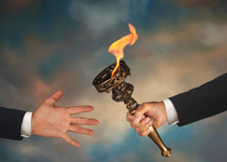 from behind; if I would have seen him from the front, I would have been ever so much more brilliant!”
from behind; if I would have seen him from the front, I would have been ever so much more brilliant!”
Rebbe’s testimony is one of the most perplexing anecdotes in the entire Talmud. He says that he physically saw Rebbe Meir once from behind, and that’s how he achieved his astounding Torah greatness. Let’s ask a bigger question: Rebbe Meir would walk through the Tiberias outdoor market on the way from his home to the Hall of Study every day; dozens of butchers, greengrocers, hawkers, and cart-pushers greeted Rebbe Meir every morning, returning his cheerful tzafra tava, good morning in Aramaic, the local jargon of the time. They saw Rebbe Meir’s smile six days a week and many of them would see him deliver his Sabbath sermons. Why didn’t they become brilliant?
Another sticky question arises: the Talmudic commentators explain that Rebbe sat behind Rebbe Meir in the Hall of Study. Apparently, Rebbe saw Rebbe Meir every day too and most certainly saw him from the front every once in a while. So what did Rebbe mean when he said that he “once saw Rebbe Meir from behind”?
If I’m not mistaken, with Hashem’s loving grace, the explanation to both questions is as follows: the peddlers of the marketplace looked at Rebbe Meir’s physical aspects. They could tell you how Rebbe Meir tied his sudar, his rabbinical head-scarf, and they could tell you the color and style of Rebbe Meir’s robe. But, they had no idea as to Rebbe Meir’s system of learning or Halachic rationale. They didn’t know a thing about Rebbe Meir’s hashkafa, or outlook on various subjects. But Rebbe did.
Rabbi Chaim of Chernovitz, the renowned Be’er Maim Chaim and the prime student of Rebbe Michel’e of Zlatchov, explains that Rebbe succeeded once in seeing the Divine illumination that emanated from the back of Rebbe Meir’s head. This emanation came from Rebbe Meir’s Torah learning. Yet, Rebbe knew that the frontal emanation from Rebbe Meir’s forehead was so much stronger, for this reflected the Divine wisdom that Rebbe Meir had earned. Rebbe testifies that he didn’t reach such a level, for had he seen the frontal illumination, he’d have been even greater.
Whereas the entire world looked at the physical side of Rebbe Meir, Rebbe focused exclusively on Rebbe Meir’s spiritual side. He neither learned for prestige nor for a monthly stipend. He completely nullified his own gigantic intellect in order to make himself a worthy vessel for the light of Rebbe Meir’s Torah. This bitul, absolute self-nullification, is the hallmark of a true pupil and the secret to Rebbe’s success.
The unbroken chain of Torah has, is, and will be indestructible by virtue of those steadfast pupils who totally nullify themselves to become the worthy receptacles of their teachers’ Torah.
Breslever tradition teaches that there are five great tzaddikim who share the “aspect” – bechina – of Moses. Each one had a steadfast disciple who carried the torch of his teacher’s Torah after the teacher left the physical earth. They are:
1. Moses – his prime disciple was Joshua Bin Nun.
2. Rebbe Shimon bar Yochai – his prime disciple was Rebbe Abba, who wrote down Rebbe Shimon’s teachings.
3. Rebbe Yitzchak Ashkenazi Luria (Ariza’l) – his prime disciple was Rabbi Chaim Vital, who wrote down the Arizal’s teachings.
4. The Baal Shem Tov – his prime disciple was Rebbe Dov Ber, the Maggid of Mezeritch.
5. Rebbe Nachman of Breslev – his prime disciple was Rebbe Natan, who wrote down Rebbe Nachman’s teachings.
People think, according to the wealth of Rebbe Nachman’s teachings that we have today that Rebbe Natan learned under Rebbe Nachman for decades. That’s not so! Rebbe Natan was Rebbe Nachman’s pupil for a mere eight years. And, these eight years were far from full-time – a Shabbat here and a holiday there. Rebbe Natan spent only several extended time periods with his teacher, the soul doctor of all times. Yet, Rebbe Nachman himself testified on several occasions that no one understood his teachings or internalized them as much as Rebbe Natan did.
What was Rebbe Natan’s secret?
One word – bitul; Rebbe Natan writes that the first thing he did when he attached himself to Rebbe Nachman was to utterly discard his own intellect. Note that Rebbe Natan had a formidable intellect himself. Yet, he made himself a beacon of Rebbe Nachman’s light. No other of Rebbe Nachman’s great disciples nullified themselves to the extent that Rebbe Natan did.
Bitul is the secret of Torah’s eternal vibrancy. As long as there are the steadfast pupils who devote their lives to disseminating their master’s teachings, the Torch of Torah shall burn forever, amen!




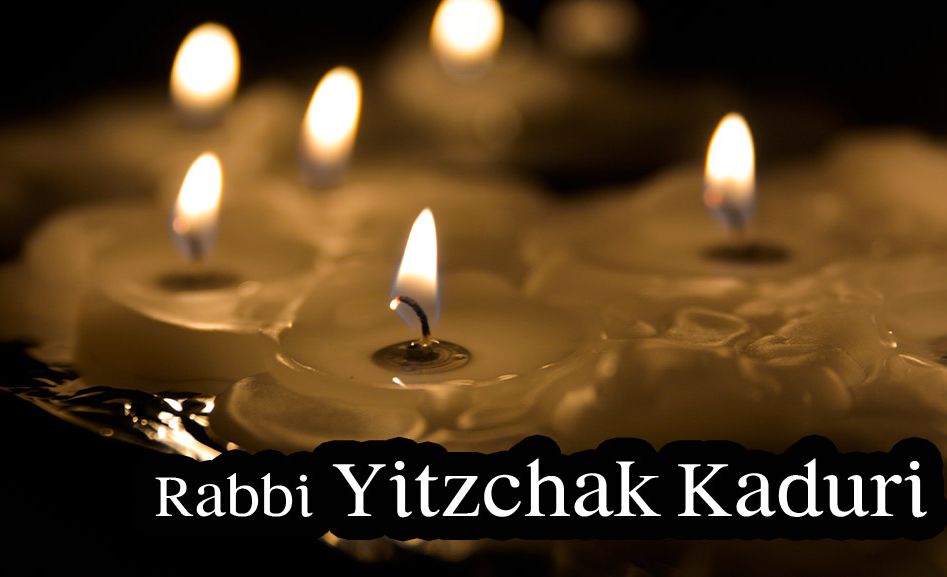

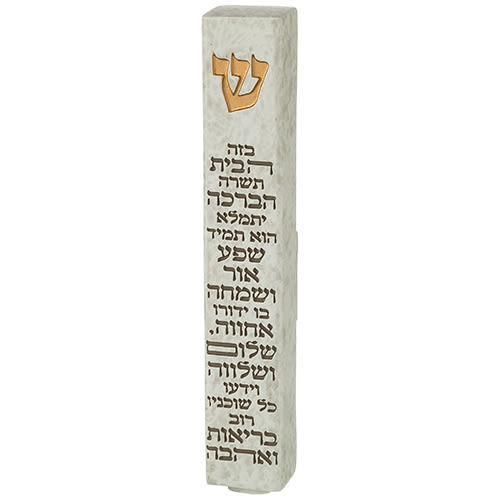

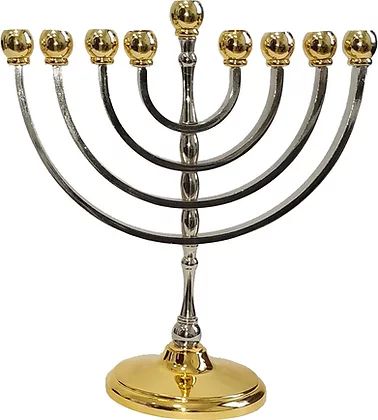
Tell us what you think!
Thank you for your comment!
It will be published after approval by the Editor.